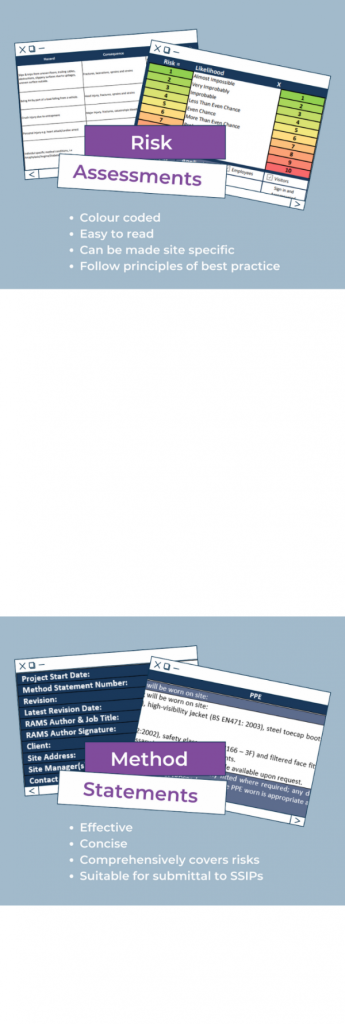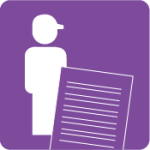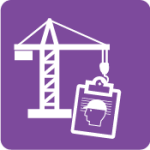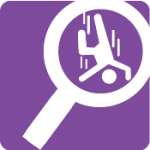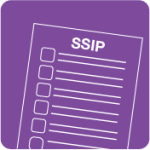Risk Assessments and Method Statements
500,000 workers currently suffer from musculoskeletal disorders
Risk Assessments and Method Statements
Risk assessments and method statements are essential health and safety documents in high-risk industries such as construction, demolition and engineering. WA offer both as part of our services, either on a retainer or project basis, along with RAMS packs – complete documentation packs which break down into risk assessments and method statements.
Risk Assessments
Risk assessments can be confusing and time-consuming to wrap your head around and create. Dutyholders, such as employers, are responsible for ensuring all possible risks are considered and controls are implemented to mitigate this risk so far as reasonably practicable.
This can become quite a stressful task, especially if you’re unfamiliar with the risk assessment process – read on to learn more about risk assessments and how we can help.
What is the purpose of a risk assessment?
The purpose of a risk assessment is to identify and evaluate the risk of potential hazards in your workplace, then implement control measures to eliminate risk or minimise any residual risks that cannot be eliminated.
Employers have explicit duties to undertake risk assessment under multiple pieces of UK legislation, such as that set out in the Management of Health and Safety at Work Regulations 1999 or Control of Substances Hazardous to Health 2002 (COSHH). Undertaking risk assessment is also an affective way to ensure that general duties under the Health and Safety At Work Act 1974 are met.
How can WA Management help?
WA Management have an extensive bank of colour coded, easy to read risk assessments ready to make site specific, along with risk assessment templates that can be completely customised for specialist tasks and equipment – all of which we can help with. Each one also includes a risk assessment matrix, providing a clear visual representation of the likelihood and severity of each risk.
All of our risk assessments follow legal requirements, industry guidance and principles of best practice, taking into account environmental concerns to guarantee safer working conditions.
Risk assessments can be reviewed on an ongoing basis at time set intervals or whenever there is a change in legislation or guidance, or whenever you require due to changes in the organisation – whatever works best for your business! Get in touch to learn more.
Method Statements
Also known as safe systems of work, method statements are documents which lay out step by step how to do a task safely. They function like a set of instructions or a plan for the works ahead and are a means of controlling specific health and safety risks that have been identified through Risk Assessments.
What is the purpose of a method statement?
The main purpose of a method statement is to provide employees with information about how they are expected to carry the work out, and the precautions they should be taking. They can often be necessary before site work will be allowed to begin. Method statements are not a replacement for risk assessment but an accessory that provides additional detail for tasks alongside their risk assessment. Method statements are often provided alongside risk assessment in the form of RAMS (Risk Assessment Method Statement).
SSIPs, such as SMAS or Constructionline will ask to see method statements alongside the specific risk assessments for those jobs – submitting a RAMS document can be beneficial in clearly demonstrating that you have all of the relevant information.
How can WA Management help?
We have years of experience preparing effective and concise method statements and RAMS packs for our customers, and our team of consultants are fully trained and on hand to help. We have a detailed method statement template we can provide, and we can advise retained clients as competent persons if they wish to create their own.
All of the above as part of a monthly bespoke retainer or as a project chargeable at an hourly rate.
We also offer an Online Risk Assessment Training Course that you can complete yourself – click the button below to head to our E-training shop!
Risk Assessment Online Training Get in Touch